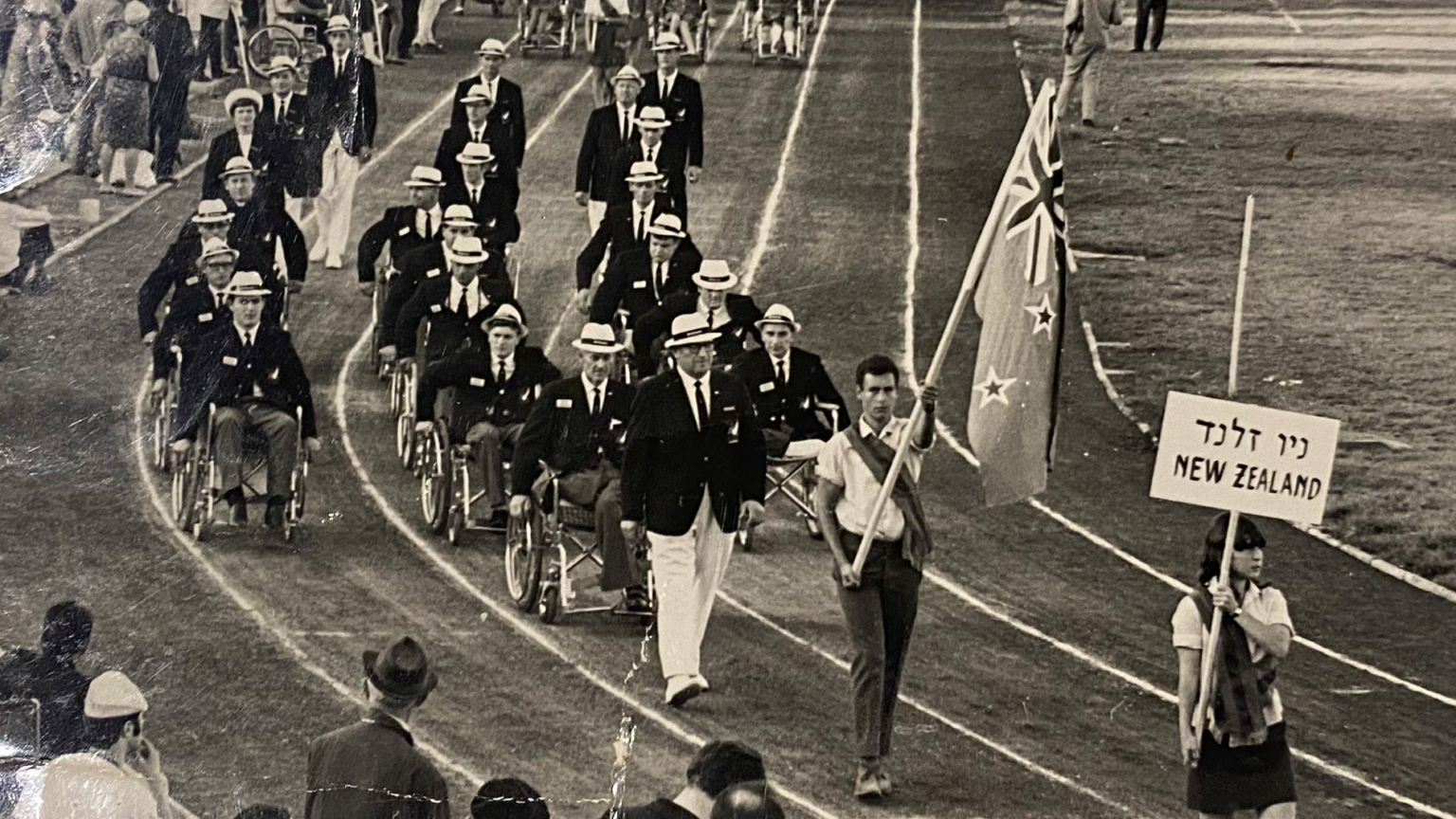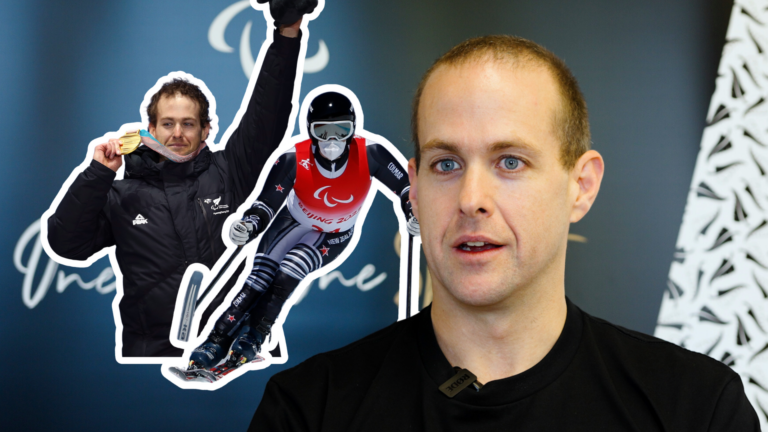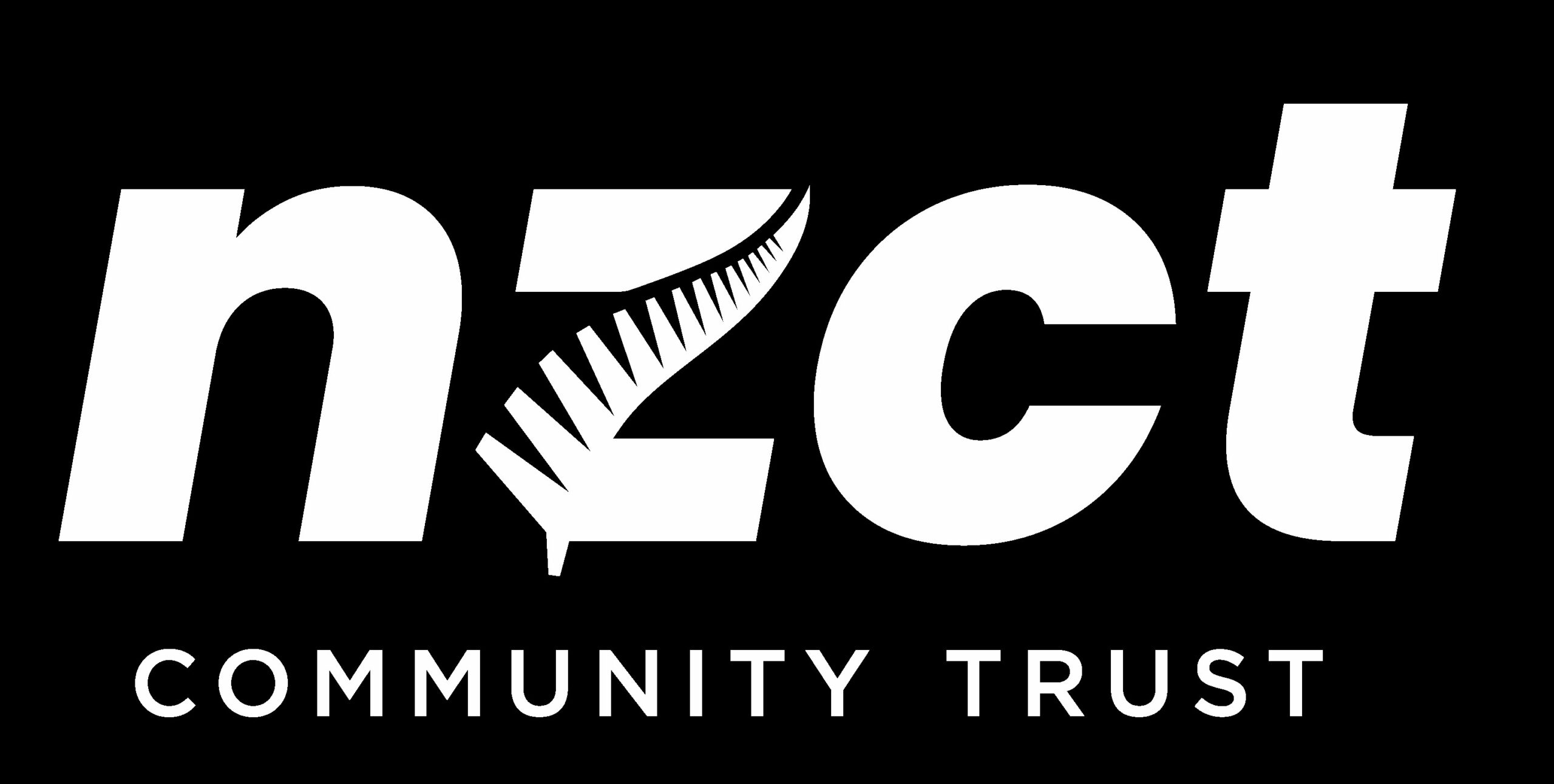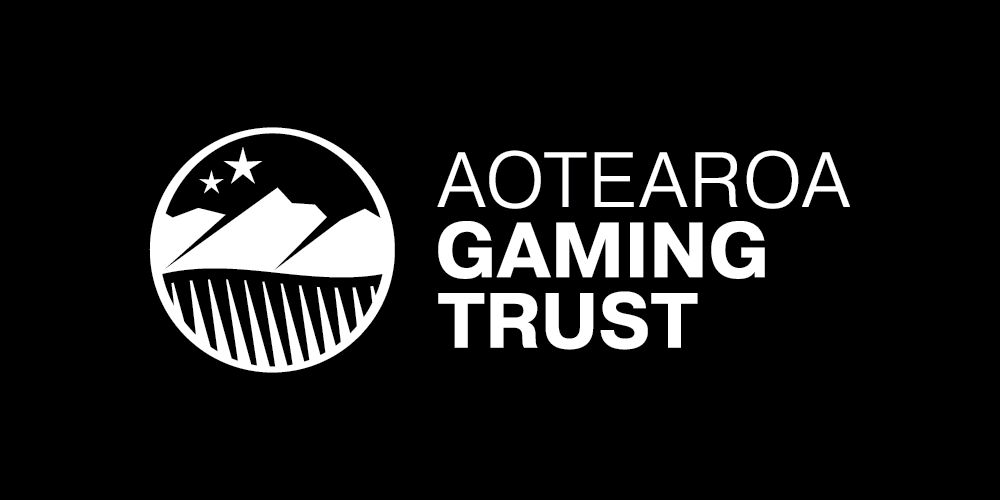The Paralympic Games are a global celebration of athletic achievement, showcasing the talent and determination of disabled athletes. But the story behind their creation goes beyond competition. It’s a tale of rehabilitation, inclusion, and the fight to redefine ability.
For history buffs and sports enthusiasts alike, understanding the inception of the Paralympic Games is crucial in appreciating their deep and storied purpose. We will travel back to the post-World War II era, where the seeds of this globally defining movement were sown. We will explore the unyielding efforts of Sir Ludwig Guttmann, and how the simple concept of disabled veterans experiencing the joy of sports planted the roots of the world’s premier sporting event for athletes with physical disabilities.
This post will walk you through the chronological evolution of the Paralympic Games, from their humble beginnings to their current status as a global phenomenon. We will also look at the factors shaping the future of the Paralympic Games, with an emphasis on the challenges and the opportunities that lie ahead in their commitment to inclusivity and growth.
The Birth of the Paralympics
A Glimpse into History
While the Olympic Games draw their heritage from ancient Greece, the Paralympics are a modern tale born out of the tumultuous aftermath of World War II. In 1948, the war had left an increased disabled population in its wake, and the need for rehabilitation and reintegration was acutely felt in Great Britain. It was in this climate that Sir Ludwig Guttmann, a German-British neurologist, laid the foundation for what would become the Paralympic Games.
The Stoke Mandeville Games
Guttmann’s vision began with the inaugural Stoke Mandeville Games in 1948, a small-scale event that saw wheelchair athletes compete in archery on the same day as the London Olympics opening ceremony. This pivotal moment, with a focus on the restorative power of sports, marked the birth of a movement that sought to elevate the lives and aspirations of disabled people.
Evolving into the Paralympics
The Stoke Mandeville Games grew steadily in size and scope, eventually merging with the Olympic Gamesin 1960 to form the first official Paralympic Games in Rome This integration was a groundbreaking step towards equating the status of Paralympic athletes with their non-disabled counterparts, laying the groundwork for a future built on inclusivity and equality in competition.
The Paralympics Today: Global Impact and Inclusivity
Expanding Across Continents
Since its inception, the Paralympic Games have traversed the globe, reflecting a kaleidoscope of cultures and nations. What started as a modest gathering has transformed into a quadrennial showcase of athletic prowess and sheer determination. Each edition of the Games has broadened the horizons of inclusivity, dismantling barriers that once confined these athletes to the sidelines.
Milestones and Movements
The Paralympics have been a catalyst in the disability rights movement, giving a powerful voice to those who had been marginalised. Notable milestones include the adoption of the International Paralympic Committee (IPC) in 1989 and the signing of the United Nations Convention on the Rights of Persons with Disabilities in 2006. These institutional recognitions have signalled a global commitment to the value and rights of the disabled community, with the Paralympics at the vanguard of change.
Triumphs and Stories of Inspiration
The Paralympics are fertile ground for unparalleled stories of triumph over adversity. Athletes like Dame Sarah Storey, Hannah Cockroft, Natalie du Toit, and our very own Sophie Pascoe have become household names, not just for their sporting achievements, but for their role in challenging and reshaping societal perceptions of disabled people. The Games are an enduring testament to the human spirit, with each participant embodying the ethos of resilience and empowerment.
The Future of the Paralympics
Unveiling The Potential
The Paralympic movement is at a crossroads, poised to unlock new frontiers in the field of adaptive sports. With advancements in technology and a growing emphasis on athlete welfare, the Paralympics are set to redefine the boundaries of what is considered possible. Furthermore, efforts are underway to enhance the visibility and marketability of the Games, ensuring they receive the recognition and esteem they deserve.
A Legacy in the Making
The future of the Paralympics is a canvas awaiting the bold strokes of innovation and inclusivity. The epitome of a legacy in the making, the Games stand on the brink of an era that promises to be defined by unprecedented growth and recognition. It is a future that is in our hands, as advocates and enthusiasts, to shape and nurture.
Conclusion: Celebrating Diversity in Sports
The Paralympic Games hold a special place in the annals of global sports, heralding an era where diversity is not just tolerated, but celebrated. In recognising the origins and evolution of these Games, we gain a profound appreciation for their role in history and a renewed sense of their significance in the present and future. It is incumbent upon us, the torchbearers of this legacy, to champion the Paralympic Movement and ensure its continued ascendancy as a beacon of inclusivity and inspiration.
The Paralympic Games stand as a testament to the human spirit’s ability to overcome adversity. They are a powerful platform for showcasing sporting excellence and advocating a more inclusive world. So, when you tune into the Paris 2024 Paralympic Games, remember – it’s not just the competition; it’s the journey that led to it.



























